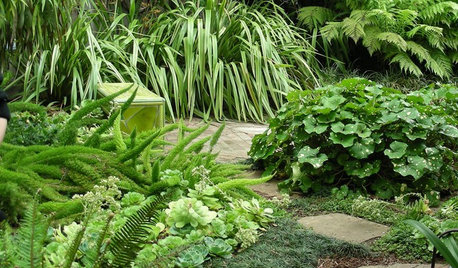HELP w/ Photinia - Leaf Spot Disease
jreincke
18 years ago
Featured Answer
Sort by:Oldest
Comments (16)
rhizo_1 (North AL) zone 7
18 years agogardengal48 (PNW Z8/9)
18 years agoRelated Professionals
Forest Park Landscape Architects & Landscape Designers · Glendora Landscape Architects & Landscape Designers · Marina Landscape Architects & Landscape Designers · Wilmington Landscape Contractors · Bound Brook Landscape Contractors · Commack Landscape Contractors · Fairhope Landscape Contractors · National City Landscape Contractors · New Berlin Landscape Contractors · Raleigh Landscape Contractors · Riverview Landscape Contractors · St. Louis Landscape Contractors · Tigard Landscape Contractors · Lansdowne Window Contractors · San Ramon Window Contractorsjreincke
18 years agojean001
18 years agojuliang
17 years agobrizzyintx
16 years agobrizzyintx
14 years agotriaxt32_hotmail_com
14 years agobrizzyintx
13 years agoprogressiveenlightenment_live_com
13 years agogardengal48 (PNW Z8/9)
13 years agonativetexas
7 years agolast modified: 7 years agogardengal48 (PNW Z8/9)
7 years agoshekar_ha
6 years agolast modified: 6 years agomaureeng53
6 years ago
Related Stories

GARDENING GUIDESTree Care: Common Tree Diseases and What to Do About Them
Learn to recognize trees that may be affected by diseases or pests so you can quickly take action
Full Story
MOVINGRelocating Help: 8 Tips for a Happier Long-Distance Move
Trash bags, houseplants and a good cry all have their role when it comes to this major life change
Full Story
COLORPaint-Picking Help and Secrets From a Color Expert
Advice for wall and trim colors, what to always do before committing and the one paint feature you should completely ignore
Full Story
GARDENING GUIDESHow to Fix Bare and Yellow Lawn Spots
Restore your turf’s good looks by reseeding unsightly patches
Full Story
GARDENING GUIDES6 Native Ground Covers for Tough, Dry Spots
Sun beating down on your sandy gravel? Thick shade darkening your clay soil? There’s a ground cover here for you
Full Story
MOST POPULARMeet a Lawn Alternative That Works Wonders
Carex can replace turfgrass in any spot, is low maintenance and adjusts easily. Add its good looks and you’ve got a ground cover winner
Full Story
GARDENING GUIDESHow to Keep Your Citrus Trees Well Fed and Healthy
Ripe for some citrus fertilizer know-how? This mini guide will help your lemon, orange and grapefruit trees flourish
Full Story
PLANTING IDEAS8 Sumptuous Shade Garden Plant Combinations
Enjoy these plant combinations made for spots with varying levels of shade and different garden zones
Full Story
GARDENING GUIDES6 Steps to Get a Garden Off to a Glowing Start
Grow a lush, balanced garden from an empty patch of yard or neglected landscape spot with these easy-to-follow guidelines
Full Story
FUN HOUZZBuckle Up for a Modern Mobile Cabin in a Bus
See an innovative off-the-grid living space designed by an architecture student — with room for 6 and a sunbathing spot
Full Story





rewbarb